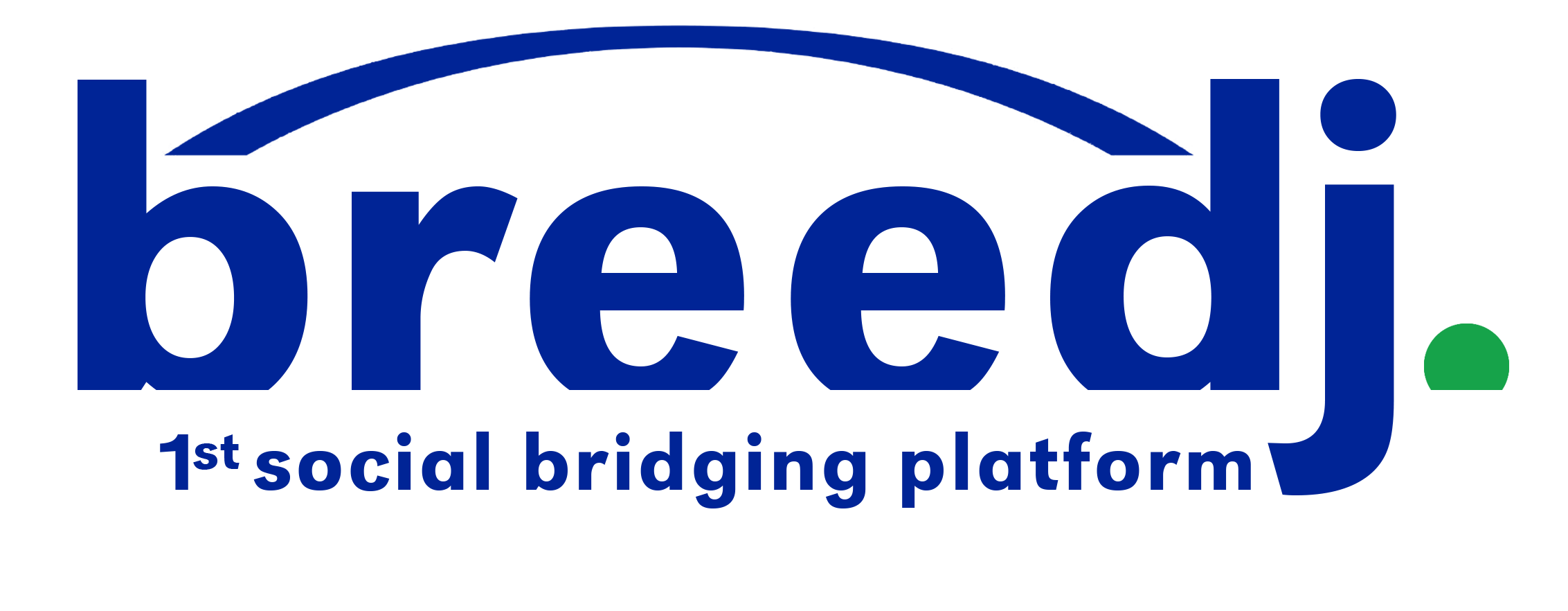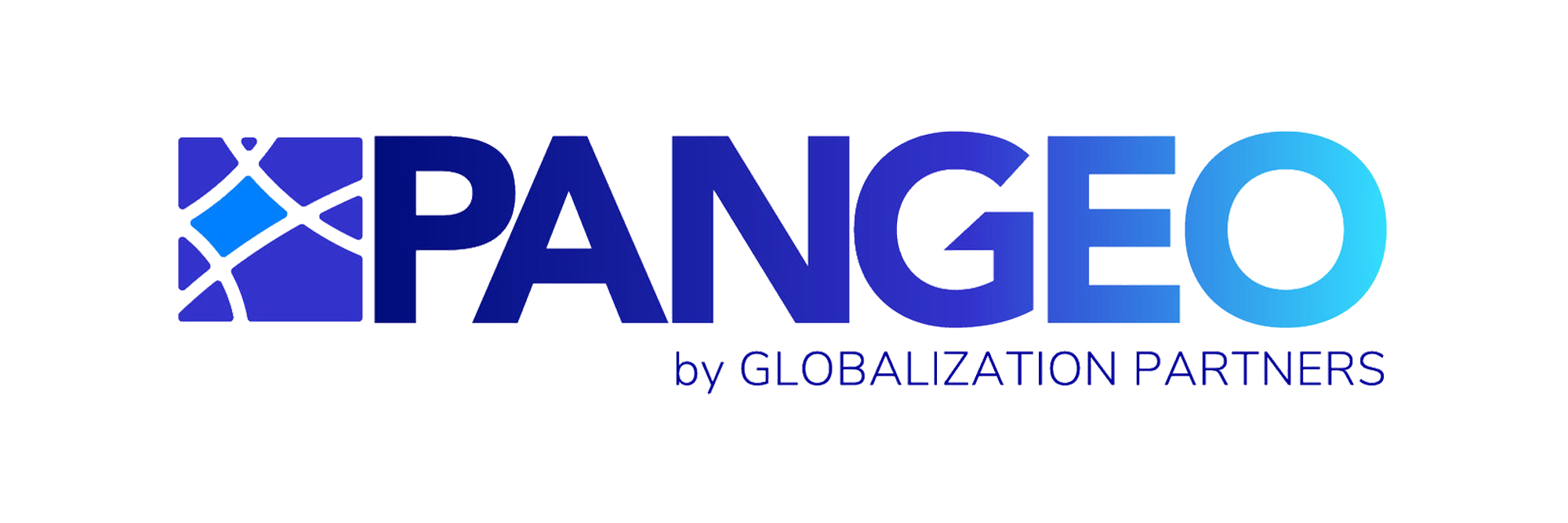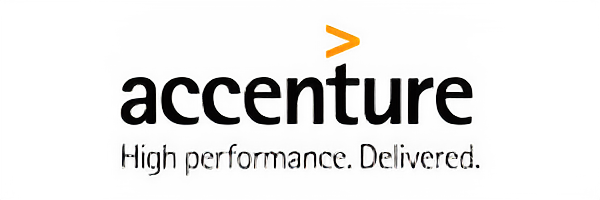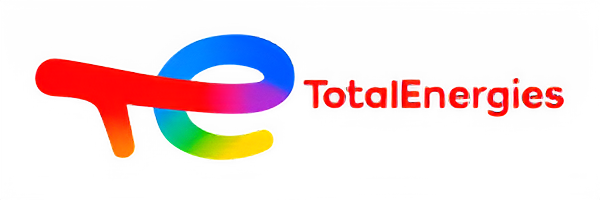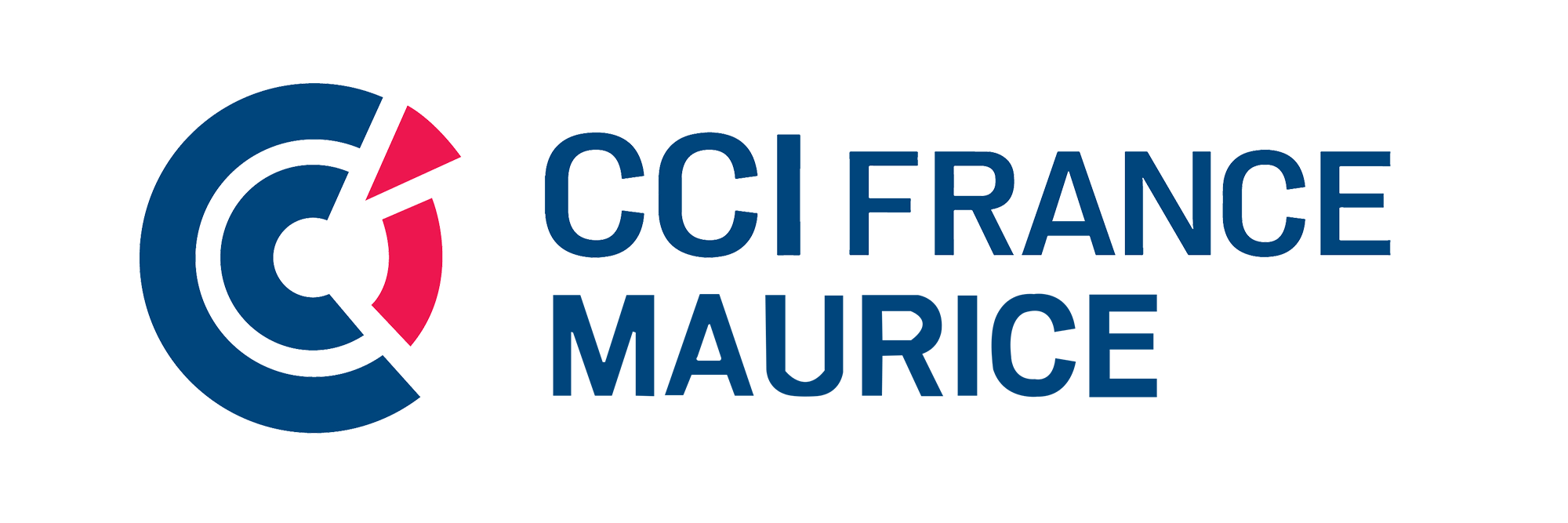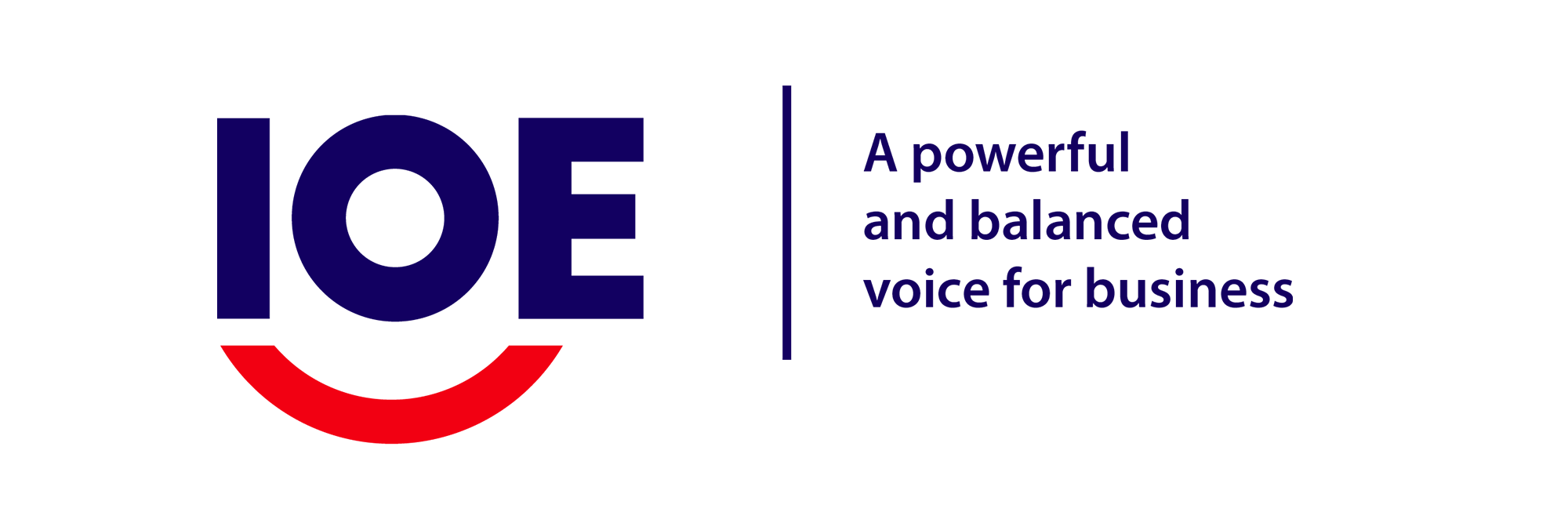When it comes to outsourcing, the question often arises: is it better to opt for francophone nearshore or for more distant offshore, which may be cheaper? Many business leaders ask themselves this when structuring their strategy. In other words: should you prioritize linguistic and cultural proximity, or focus on maximum cost reduction by going far away?
The choice is not obvious, as it depends on your priorities: quality, flexibility, budget, or speed of execution. According to Deloitte’s 2024 outsourcing report, 59% of companies now consider cultural proximity a key factor in their decision, while 47% still prioritize price. In short, there is no one-size-fits-all answer: the right model depends on your business objectives.
In this article, we will compare francophone nearshore and offshore based on the criteria that really matter to business leaders, using a simple, direct style like a voice search query.
What are Francophone Nearshore and Offshore?
Francophone Nearshore: What Does It Mean?
Francophone nearshore refers to outsourcing in a geographically and culturally close country where French is spoken. Examples include Tunisia, Morocco, Mauritius, and Senegal.
Limited time difference.
Cultural and linguistic affinity.
Ease of real-time collaboration.
This model is particularly popular among French and Belgian companies.
Offshore: What’s the Difference?
Offshore refers to outsourcing in much more distant regions, such as India, the Philippines, or Vietnam.
Generally lower costs.
Large pool of technical talent.
But more significant time zone and cultural differences.
It’s often chosen for projects that are volume-driven or IT-focused.
Advantages of Francophone Nearshore
Francophone nearshore is especially valued for smooth communication. There’s no need for translations or fear of misunderstandings.
Key Points:
Limited time difference (1 to 3 hours max with Europe).
Native or fluent French, ideal for customer service.
Reduced risk of language- or culture-related errors.
Responsiveness: meetings, emergencies, and adjustments can happen within the same day.
💡 Example: A customer service center in Morocco can handle French after-sales service with equivalent quality, while reducing costs by 30–40% compared to a team in France (source: EY, 2023).
Advantages of Offshore
Offshore is attractive primarily for its pricing and huge talent pool. For example, India has nearly 4.7 million IT developers (Statista, 2023), compared to 1 million in Europe.
Key Points:
Very competitive rates, up to 60% savings.
Access to rare skills (IT, data, development).
Ability to quickly scale large teams.
💡 Example: Many CAC 40 companies outsource part of their software development to India to benefit from rates 2–3 times lower than in Europe.
Potential Drawbacks
Francophone Nearshore:
Higher cost than offshore (but lower than in Europe).
Sometimes limited capacity for certain technical profiles.
Offshore:
Time zone differences can slow responsiveness.
Cultural barriers (differences in communication style, time management).
Higher risks for French-speaking customer service quality.
💡 Practical Tip: Before choosing, assess whether your priority is customer experience quality or maximum cost reduction.
Nearshore or Offshore: Choosing Based on Your Goals
The answer depends directly on your strategic priorities:
If your priority is French-speaking customer relations → nearshore.
If your priority is large-scale cost reduction → offshore.
If you seek a balance → some companies opt for a hybrid model (e.g., nearshore for customer support, offshore for IT development).
💡 Example: A French scale-up may manage customer service in Senegal to maintain cultural proximity with users, while outsourcing application development to India to optimize its budget.
The choice between francophone nearshore and offshore depends on your objectives. If you focus on communication quality, proximity, and customer relationships, nearshore is the best choice. If your priority is cost reduction and access to a large talent pool, offshore remains unbeatable.
More and more companies adopt a hybrid strategy to combine the best of both worlds: smooth execution via nearshore and development power via offshore.
👉 Before deciding, clarify your priorities: customer quality, costs, speed, or innovation. Then choose the solution that aligns your outsourcing model with your business goals.
